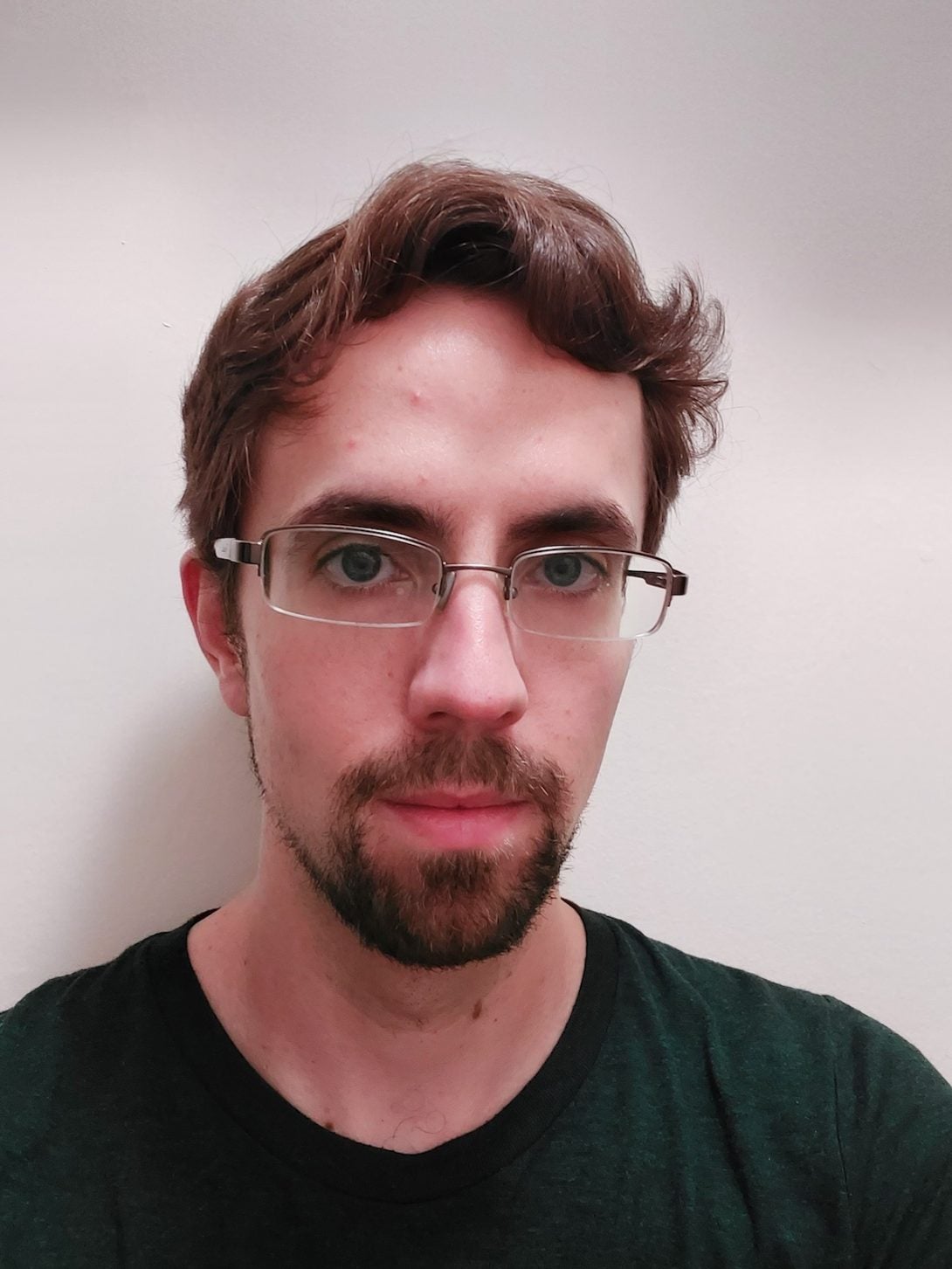Ian Nodurft joins ECE department as postdoctoral fellow
Ian Nodurft joins ECE department as ASEE eFellows Postdoctoral Fellow

How can you keep a quantum state from changing? With the Zeno effect.
If you want to know more, ask Ian Nodurft, who joined the electrical and computer engineering department as a postdoctoral fellow this fall and has developed expertise in this phenomenon. He is part of the inaugural cohort of the American Society for Engineering Education eFellows Postdoctoral Fellowship program.
Nodurft, a Chicago-area native, attended the Illinois Mathematics and Science Academy in Aurora, then double-majored in mathematics and physics at Lake Forest College. He earned his PhD in physics from the University of Maryland Baltimore County and consults for Peraton Space Exploration Network Services and Evolution as an electro-optical and quantum communication engineer, designing new technology for quantum communications.
His work at Peraton, and his research during his last semester at the University of Maryland, was focused on the Zeno effect, a feature of quantum mechanical systems that can keep a quantum state from evolving by constantly measuring or monitoring the system.
To explain the concept, Nodurft first talked about Schrödinger’s cat, the thought experiment by physicist Erwin Schrödinger to explain quantum mechanics. In short, a cat, a bottle of poisonous gas, and a radioactive source are placed in a box. If radioactivity is detected in the box—say, an atom decaying—the poison is released and the cat is killed. In quantum mechanics, something can exist in two states simultaneously, so after some time, the cat would be considered both dead and alive at the same time. But when the box is opened, the cat is only observed to be either dead or alive, not both.
By extending this thought experiment just a bit further, Nodurft said, we can explain the Zeno effect. Imagine that the gas can be released any number of times and that the box also contains an antidote for the poison that is released at random. This would mean that any time we open the box, we still find the cat either dead or alive, but closing the box lid restores it back to being both dead and alive regardless of how we found it. Performing the Zeno effect would amount to repeatedly opening the lid in rapid succession.
“The fact is that the cat enters that simultaneous state after you stop looking at it,” Nodurft explained. “Because we keep looking at the cat, there is not enough time for the gas or antidote to be released — the idea being that we are constantly measuring the state of the cat. That act alone keeps the quantum state from changing.”
Prolonging the life of a particle, or a qubit, the basic unit of quantum information, is one of the most important goals of quantum communications research and has many potential applications. Nodurft said NASA has need of long-lasting qubits for several purposes such as ground-to-satellite communications and clock synchronization. Even atomic clocks drift, so for accurate timekeeping between distant clocks, synchronization protocols must be used. Effective generation and preservation of entangled qubits is necessary for such protocols.
Nodurft said that clock synchronization is of particular interest due to its utility in gravitational wave detection, among other applications. The entangled qubits are used to ultimately entangle the clocks’ quantum states so that they can remain perfectly matched for much greater periods of time.
Nodurft will work with Associate Professor Thomas Searles.